Japan's parliament held an extraordinary session on October 1 to officially elect Shigeru Ishiba, President of the Liberal Democratic Party, as the country's 102nd Prime Minister. But the road ahead promises to be full of rapids awaiting the new Prime Minister of the Land of the Rising Sun.
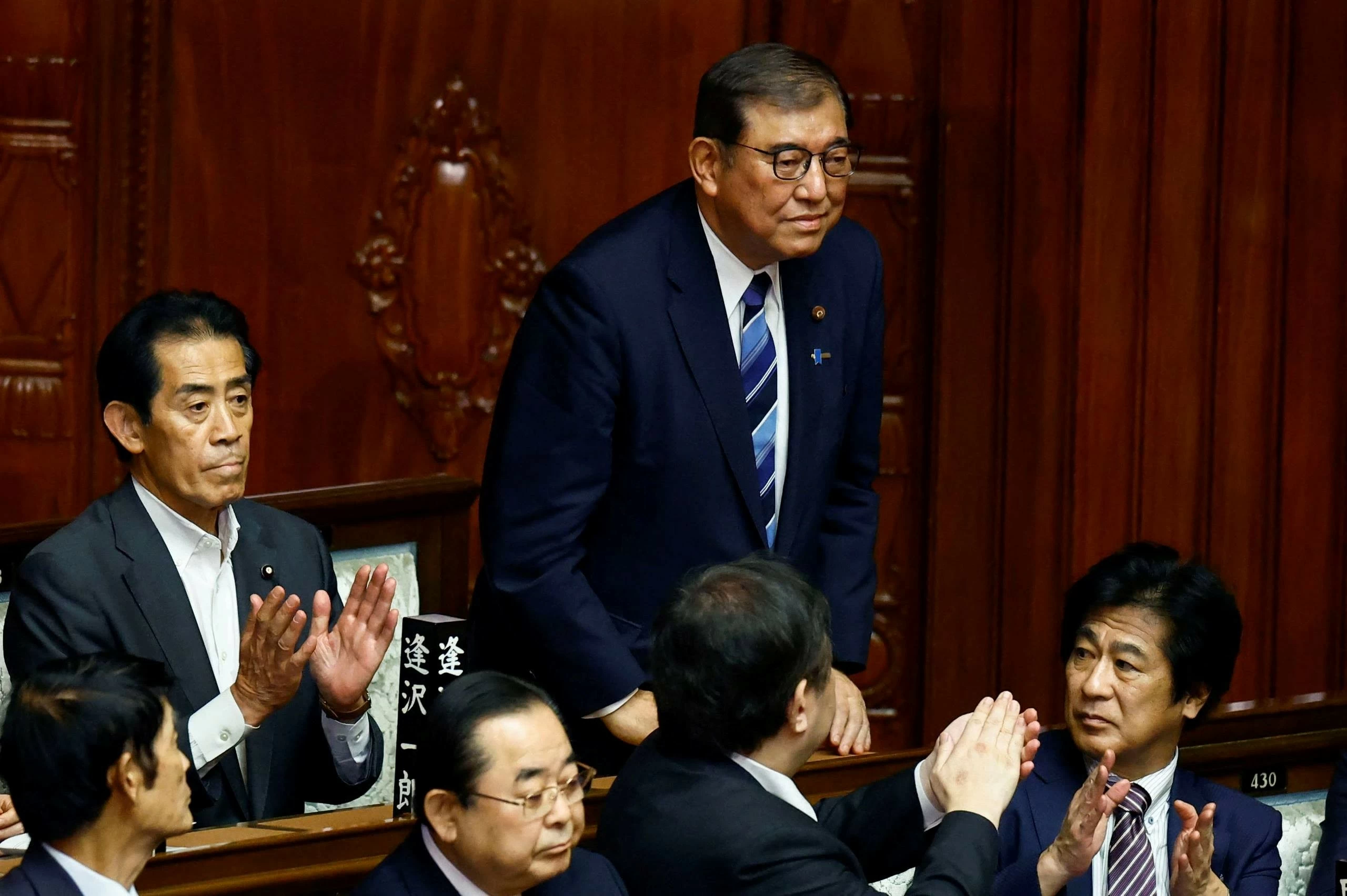 |
| Lawmakers congratulate Mr. Ishiba Shigeru on becoming Prime Minister of Japan on October 1. (Source: Kyodo) |
In the vote held at the plenary session of the House of Representatives this morning, October 1, Mr. Shigeru Ishiba received 291/461 valid votes, officially becoming the Prime Minister of Japan. The event took place in the context of low public confidence in politics, economic instability and increasing security threats.
Earlier on September 27, Japan's ruling Liberal Democratic Party (LDP) held a party president election after Prime Minister Kishida Fumio suddenly announced his resignation due to a sharp decline in approval ratings and a series of political scandals within the LDP.
This election attracted special attention as there were 9 candidates participating, including faces who could become the youngest prime minister or the first female prime minister in Japanese history.
However, the final result was a big surprise when Mr. Shigeru Ishiba - 67-year-old former Defense Minister, won a narrow victory with a score of 215-194 against Economic Security Minister Sanae Takaichi.
This is the fifth time Mr. Ishiba has run for this position and the first time he has been successful. His victory is believed to be thanks to the support of Shinjiro Koizumi, the 43-year-old young candidate - son of former Prime Minister Koizumi Junichiro - after Mr. Koizumi failed in the first round.
Although he did not win the most votes from LDP members, Mr. Ishiba received strong support from the party's Diet members. Notably, Mr. Ishiba comes from a background quite different from the traditional Japanese political elite. He was born in the countryside, raised Protestant, and known as an "otaku" (bookworm) and a hobby of collecting military aircraft models.
New Cabinet
Immediately after his election, Mr. Ishiba quickly began personnel work, focusing especially on forming a new Cabinet and reforming the LDP leadership. In the new Cabinet list of 19 ministers, only 2 people from Prime Minister Kishida's old Cabinet were retained: Chief Cabinet Secretary Yoshimasa Hayashi and Minister of Land, Infrastructure, Transport and Tourism Tetsuo Saito (from the Komeito Party). Notably, 13 people entered the Cabinet for the first time, the highest number ever.
Regarding key positions in the LDP leadership, former Prime Minister Taro Aso will serve as the party's top adviser; former Prime Minister Yoshihide Suga will serve as LDP Vice President. In addition, Hiroshi Moriyama will serve as LDP Secretary General; Shunichi Suzuki will serve as Chairman of the General Council; former Defense Minister Onodera Itsunori will serve as Chairman of the Policy Research Council; and Shinjiro Koizumi will serve as Chairman of the Election Strategy Committee.
According to Kyodo , Mr. Ishiba will hand over the key posts of foreign and defense minister to two of his supporters, who are said to share similar views on Japan's global role and responsibilities.
Mr. Ishiba's working style is famous for being meticulous, even considered "rigid". He often has independent views on many important policy issues, especially in the field of national security and defense.
He has proposed revising the agreement on the deployment of US forces in Japan and supported revising Japan's pacifist constitutional provisions. These views of his may create significant changes in Japan's domestic and foreign policies in the coming time.
Old difficulties
The LDP presidential election and the possibility of an early general election show that Japan's political situation is undergoing remarkable changes, reflecting the urgent need to improve the ruling party's image and seek new support from voters.
On the domestic front, Mr. Ishiba’s quick focus on personnel for the position of head of the election countermeasures committee, specifically targeting Mr. Koizumi Shinjiro - who won the highest number of votes from LDP parliamentarians in the recent election, shows the new president’s sharp political strategy. This is not only to take advantage of Mr. Koizumi’s prestige and experience in election campaigns, but also a wise move to heal the party after a fierce competition.
However, the new LDP president will face many major challenges in the coming time. First of all, improving the LDP's image after recent scandals related to under-reporting of income and expenditure, and even allegations of bribery. In addition, Mr. Ishiba also needs to quickly come up with effective solutions to address urgent socio-economic issues such as inflation, rising living costs, a weak yen and an aging population.
On the foreign front, new Prime Minister Ishiba will have to deal with the increasingly complicated regional security situation, especially relations with China and challenges from North Korea, while strengthening the alliance with the US in the context of the upcoming US presidential election.
Dissolving the Diet and holding an early general election is also a risky move for Mr. Ishiba and the LDP. On the one hand, it can help the ruling party take advantage of the initial support for the new leader and create new momentum for the government. On the other hand, it also poses great risks if the LDP cannot overcome its shortcomings and come up with convincing policies in a short time.
The opposition’s reaction, especially the move by the Constitutional Democratic Party under the leadership of former Prime Minister Yoshihiko Noda, also shows that the upcoming political contest will be extremely fierce. Mr. Yoshihiko Noda said that he started the fight with the LDP immediately after Mr. Ishiba won on September 27.
In addition, especially in relations with the United States - Japan's most important ally, Mr. Ishiba's rise to power could bring significant changes. Mr. Ishiba has proposed revising the agreement on the deployment of US forces in Japan, supported amending the constitutional provisions on pacifism and proposed the establishment of a NATO-style security alliance in Asia.
These views reflect Japan’s ambition to raise its international profile, which could push the country to become a more equal partner with the United States on regional security issues. However, this could also create new challenges in Japan-US relations and increase concerns from China.
In short, observers believe that the 102nd Prime Minister of the Land of the Rising Sun will face many challenges, both domestically and internationally. However, with his extensive political experience, "special" personality and support within the LDP, new Prime Minister Ishiba is expected to gradually resolve the challenges.
Source: https://baoquocte.vn/con-duong-gap-ghenh-phia-truoc-cua-tan-thu-tuong-nhat-ban-288388.html


![[Photo] National Assembly Chairman Tran Thanh Man chairs the meeting of the Subcommittee on Documents of the First National Assembly Party Congress](https://vphoto.vietnam.vn/thumb/1200x675/vietnam/resource/IMAGE/2025/5/8/72b19a73d94a4affab411fd8c87f4f8d)
![[Photo] Prime Minister Pham Minh Chinh meets with the Policy Advisory Council on Private Economic Development](https://vphoto.vietnam.vn/thumb/1200x675/vietnam/resource/IMAGE/2025/5/8/387da60b85cc489ab2aed8442fc3b14a)
![[Photo] General Secretary concludes visit to Azerbaijan, departs for visit to Russian Federation](https://vphoto.vietnam.vn/thumb/1200x675/vietnam/resource/IMAGE/2025/5/8/7a135ad280314b66917ad278ce0e26fa)
![[Photo] General Secretary To Lam begins official visit to Russia and attends the 80th Anniversary of Victory over Fascism](https://vphoto.vietnam.vn/thumb/1200x675/vietnam/resource/IMAGE/2025/5/8/5d2566d7f67d4a1e9b88bc677831ec9d)
![[Photo] President Luong Cuong presents the decision to appoint Deputy Head of the Office of the President](https://vphoto.vietnam.vn/thumb/1200x675/vietnam/resource/IMAGE/2025/5/8/501f8ee192f3476ab9f7579c57b423ad)

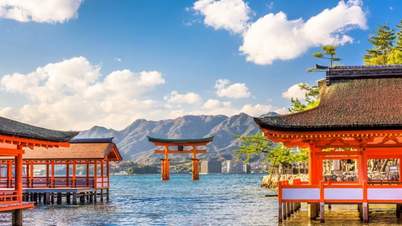








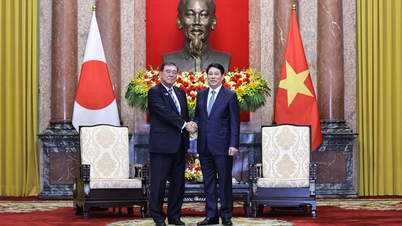

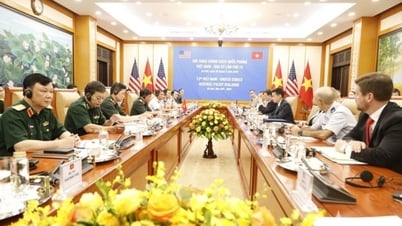



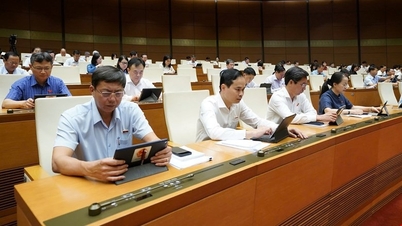





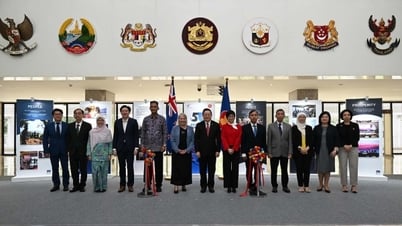
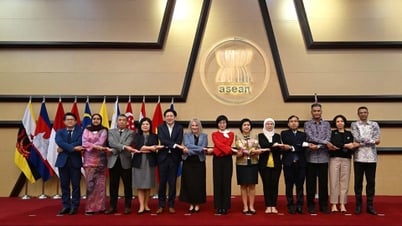

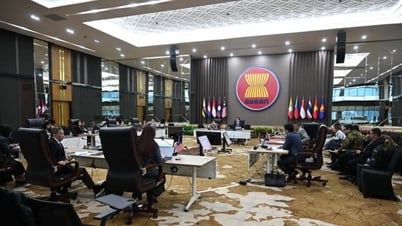
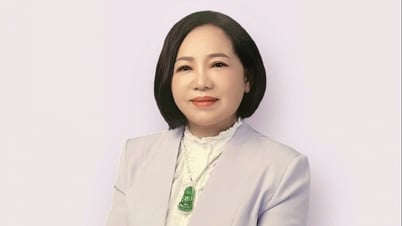
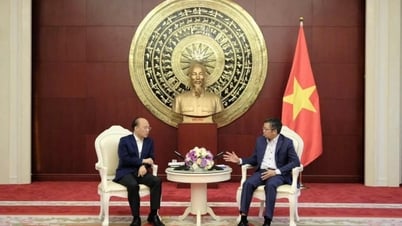



















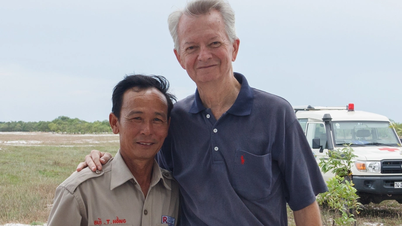












![[Photo] Prime Minister Pham Minh Chinh talks on the phone with Singaporean Prime Minister Lawrence Wong](https://vphoto.vietnam.vn/thumb/402x226/vietnam/resource/IMAGE/2025/5/8/e2eab082d9bc4fc4a360b28fa0ab94de)
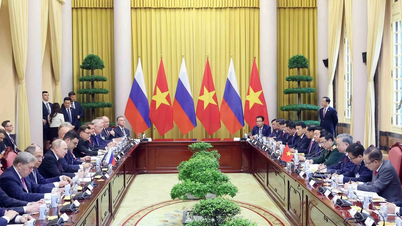

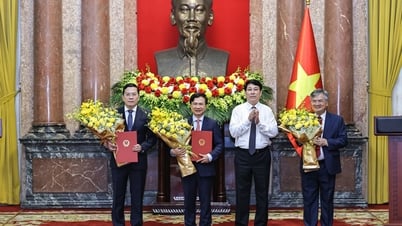



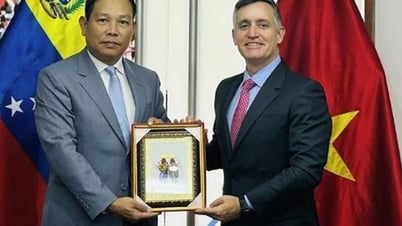

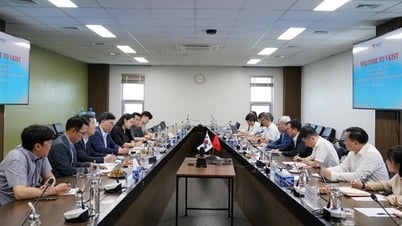





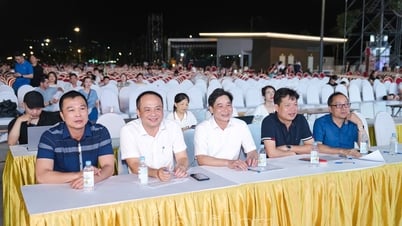

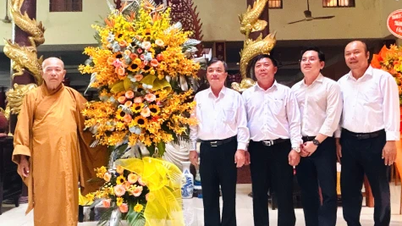















Comment (0)